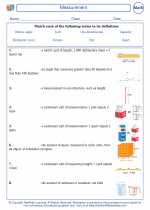Triangular Pyramid
A triangular pyramid, also known as a tetrahedron, is a polyhedron that has a triangular base and three triangular faces that meet at a single point called the apex. The base can be any type of triangle (equilateral, isosceles, or scalene), and the other three faces are all triangles as well.
Characteristics of a Triangular Pyramid
1. Base: The bottom face of the pyramid is a triangle.
2. Vertices: A total of four vertices, with three along the base and one at the apex.
3. Edges: Six edges in total, with three along the base and three connecting the apex to the vertices of the base.
4. Height: The perpendicular distance from the base to the apex is the height of the pyramid.
5. Surface Area: The sum of the areas of the four triangular faces.
6. Volume: One-third the product of the base area and the height.
Study Guide
Here are some key points to remember when studying triangular pyramids:
- Identify the base and the apex of the pyramid.
- Understand the relationship between the height, base, and the triangular faces.
- Practice calculating the surface area and volume of the pyramid using the appropriate formulas.
- Recognize the real-world objects that have a triangular pyramid shape.
- Visualize the 3D shape by creating models or using interactive geometry software.
Understanding the properties and calculations related to triangular pyramids will provide a solid foundation for further studies in geometry and solid geometry.
Feel free to reach out if you have any more questions or need further explanation!
.◂Math Worksheets and Study Guides Fourth Grade. Measurement
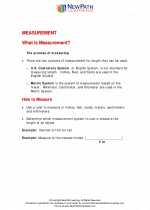
 Activity Lesson
Activity Lesson
 Activity Lesson
Activity Lesson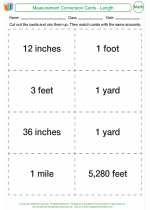
 Activity Lesson
Activity Lesson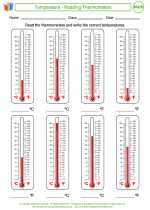
 Worksheet/Answer key
Worksheet/Answer key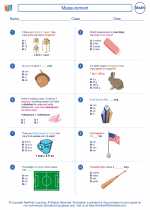
 Worksheet/Answer key
Worksheet/Answer key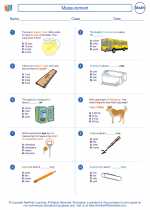
 Worksheet/Answer key
Worksheet/Answer key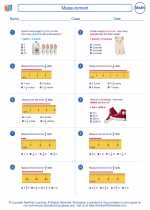
 Worksheet/Answer key
Worksheet/Answer key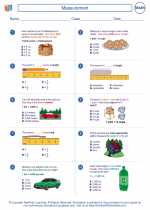
 Worksheet/Answer key
Worksheet/Answer key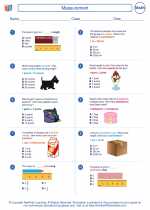
 Worksheet/Answer key
Worksheet/Answer key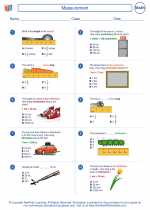
 Worksheet/Answer key
Worksheet/Answer key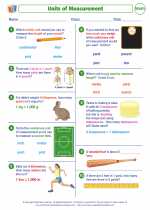
 Worksheet/Answer key
Worksheet/Answer key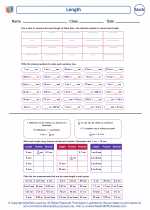
 Worksheet/Answer key
Worksheet/Answer key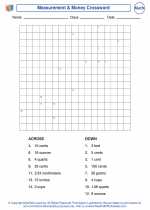
 Worksheet/Answer key
Worksheet/Answer key
 Vocabulary/Answer key
Vocabulary/Answer key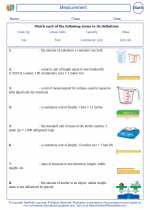
 Vocabulary/Answer key
Vocabulary/Answer key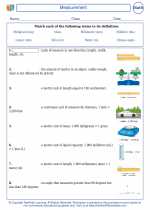
 Vocabulary/Answer key
Vocabulary/Answer key